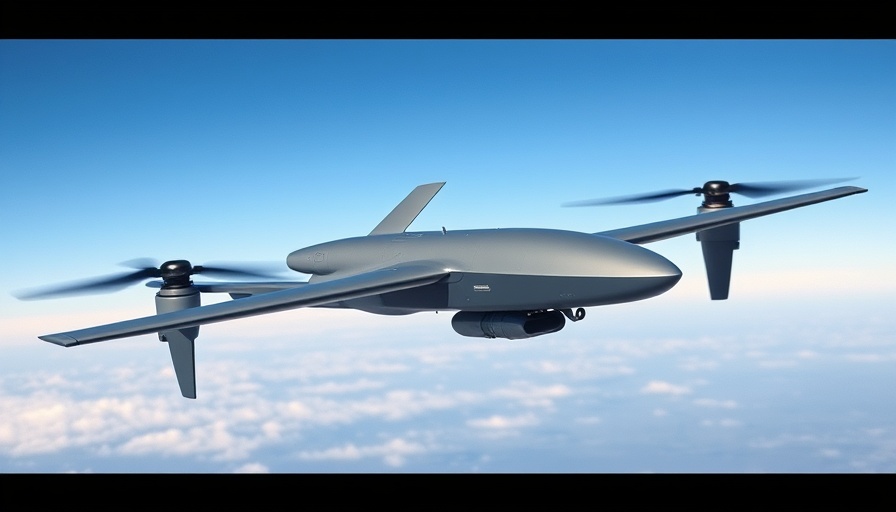
A Game of Texas Hold'em: Federal Court Decision Alters Wage Standards Nationwide
In a landmark ruling that has reverberated across the nation, a federal court in Texas has nullified the U.S. Department of Labor's (DOL) proposed salary adjustments for exempt employees under the Fair Labor Standards Act (FLSA). This decision, reached on November 15, 2024, effectively stops planned changes to the salary thresholds that would have provided greater wage protections for salaried exempt workers—impacting a significant number of laborers, particularly in the construction industry.
The Repealed Rule: What It Would Have Meant for Workers
Under the vacated 2024 Rule, the DOL aimed to increase the minimum salary threshold for exempt employees from $684 per week to $844 by mid-2024, with additional incremental increases planned for the subsequent year. This would have raised the bar for exemptions typically reserved for professionals, administrators, and executives. For highly compensated employees, the adjustments would have seen their threshold rise from $107,432 to $132,964, further aligning compensation with the current cost of living and ensuring these employees benefitted from minimum wage laws and overtime protections.
Texas Takes the Initiative: Legal Challenges and Implications
The catalyst for this judicial shift was a lawsuit initiated by the state of Texas, which argued that the DOL overstepped its authority. Joined by several business organizations, the suit contended that the fundamental nature of worker classification should hinge primarily on duties performed rather than salary levels. The Texas court agreed, asserting that the DOL’s changes to the exempt employee classification undermined established principles of employment law and could potentially lead to widespread compliance issues across numerous industries.
The Wider Impact on Employers and Employees
Employers who had anticipated adjusting salaries or reclassifying positions in preparation for the 2024 changes now find themselves in a state of uncertainty. The decision maintains the current threshold, which, while arguably protecting employers from abrupt financial burdens, leaves many salaried workers—especially in sectors like construction—without the protections they were expected to gain. This outcome raises critical questions about wage fairness and the future landscape of exemption classifications.
Moving Forward: Considerations and Future Implications
This case serves not only as a crucial moment for Texas but also as a bellwether for future litigation regarding labor standards across the United States. As employers and employees digest the impacts of this ruling, industry professionals must brace for ongoing debates surrounding wage equity, the role of government in labor regulation, and the balance between business viability and worker protection.
Real-World Consequences and Next Steps
The ramifications of this ruling are profound, affecting not only employee compensation but also workplace morale and talent retention strategies. As more contractors and corporate entities assess their payroll systems, they must re-evaluate their stance on worker classification and consider potential future challenges regarding wage disputes.
Conclusion: The Ongoing Conversation About Wage Standards
As labor laws evolve, it’s critical for stakeholders in the construction and wider business industry to remain informed about changes on the horizon. Staying abreast of legal developments is imperative for both employer and employee alike. As this ruling highlights the complexities of employment status within economic frameworks, the conversation surrounding worker rights and compensation is far from over.
 Add Row
Add Row  Add
Add 




Write A Comment